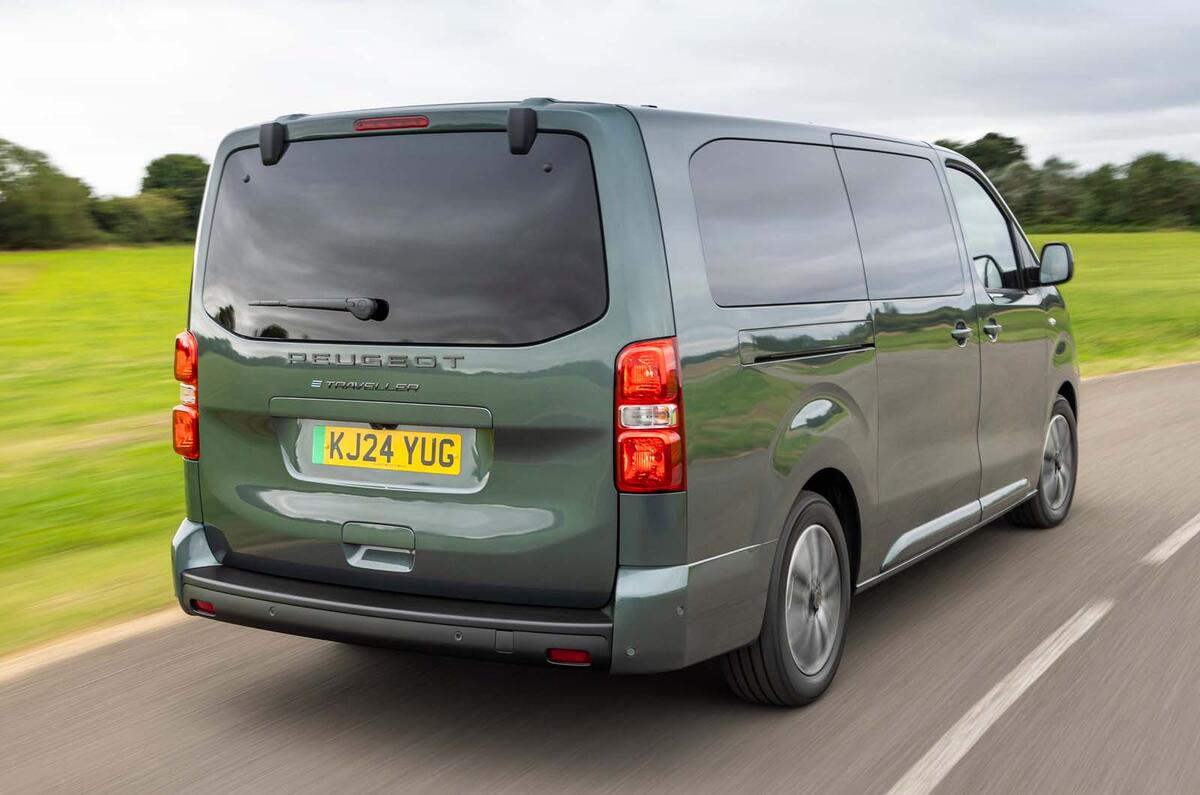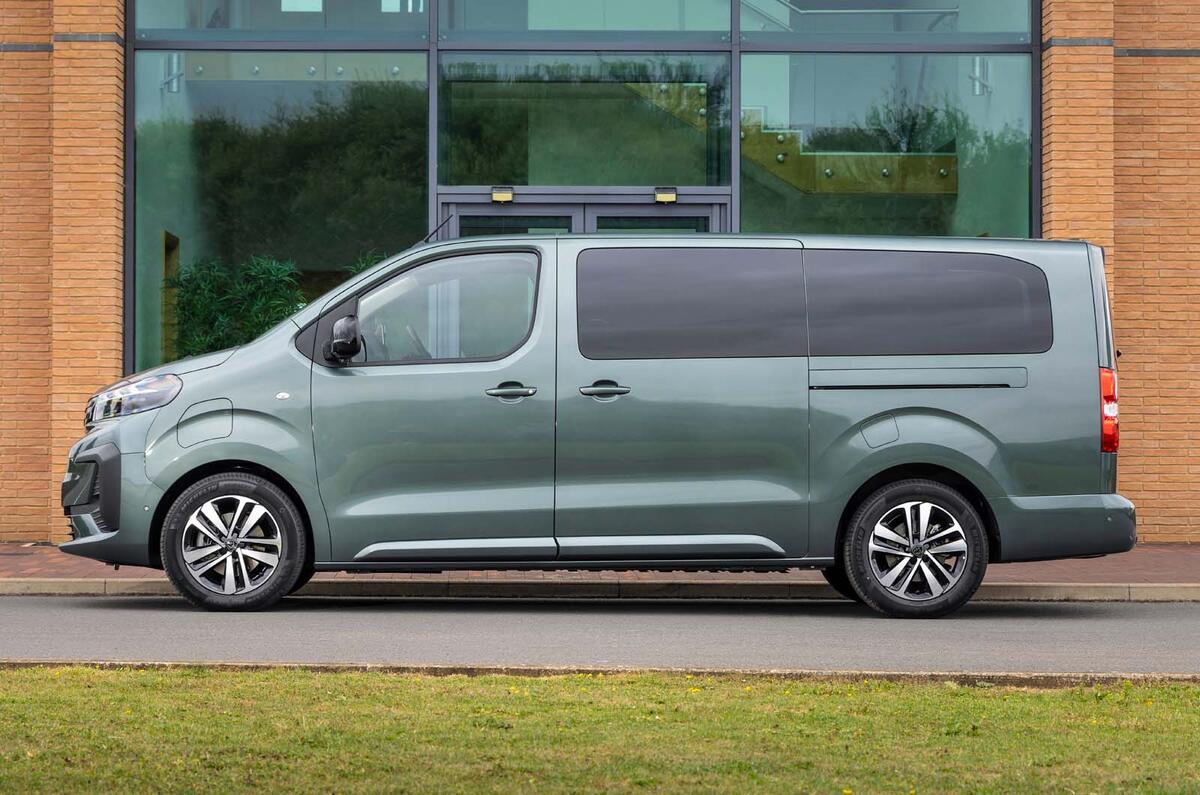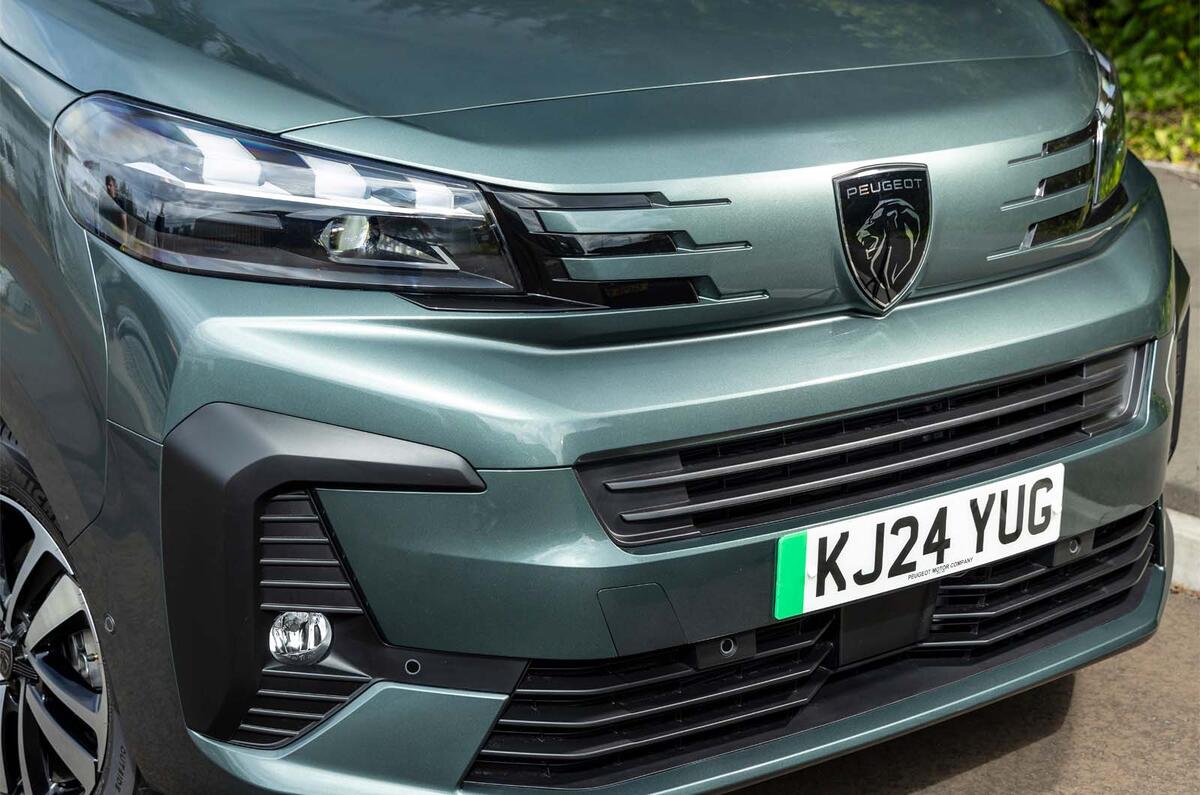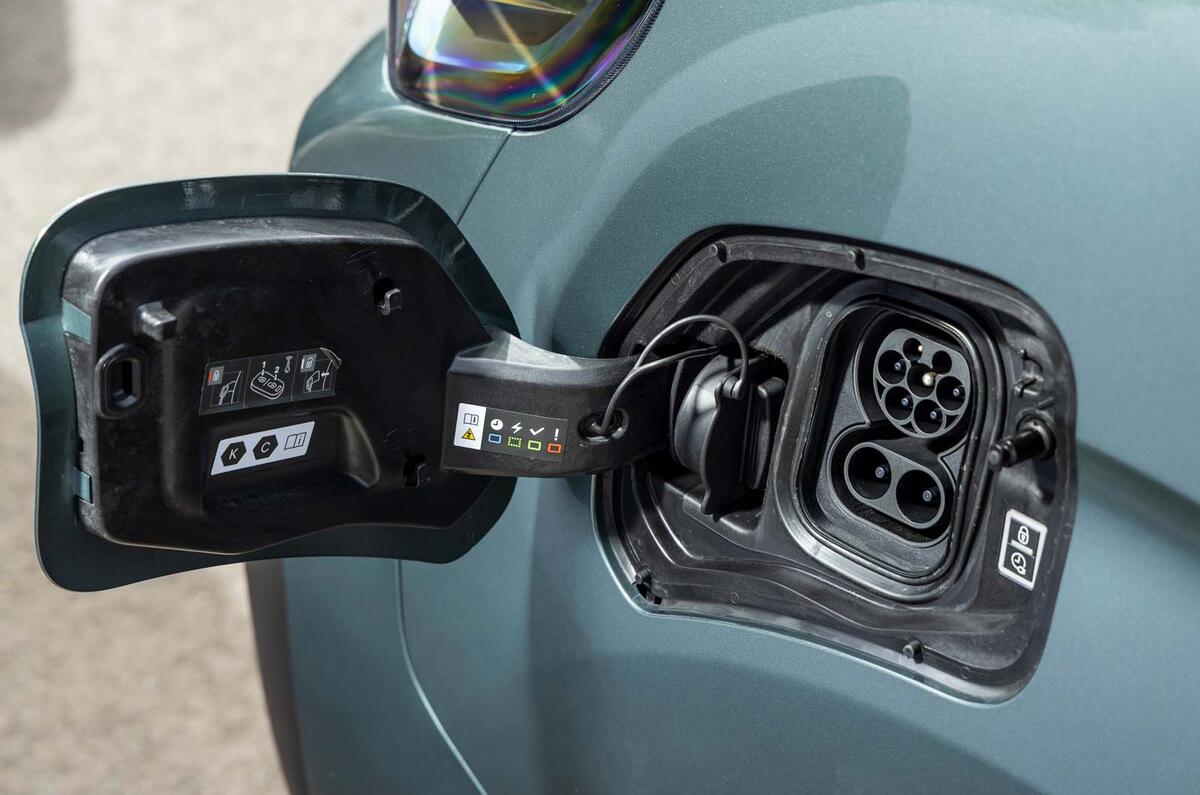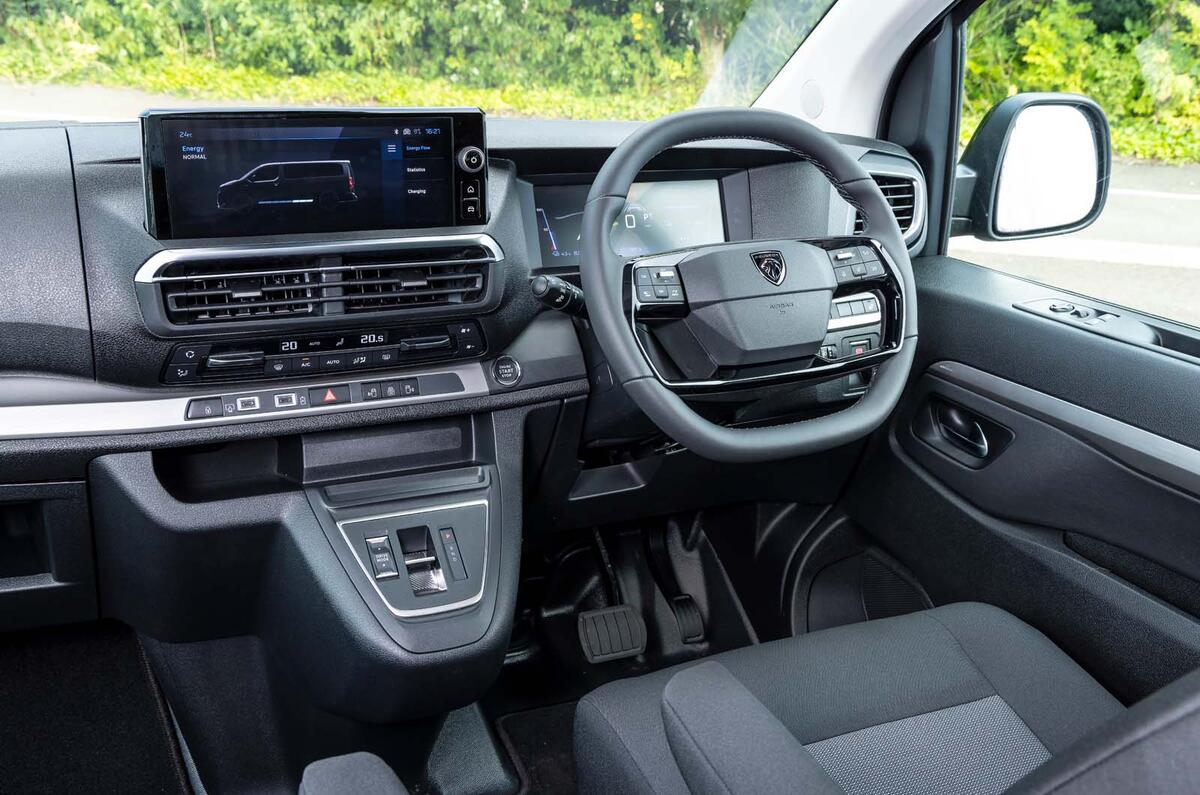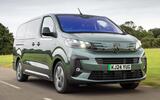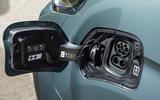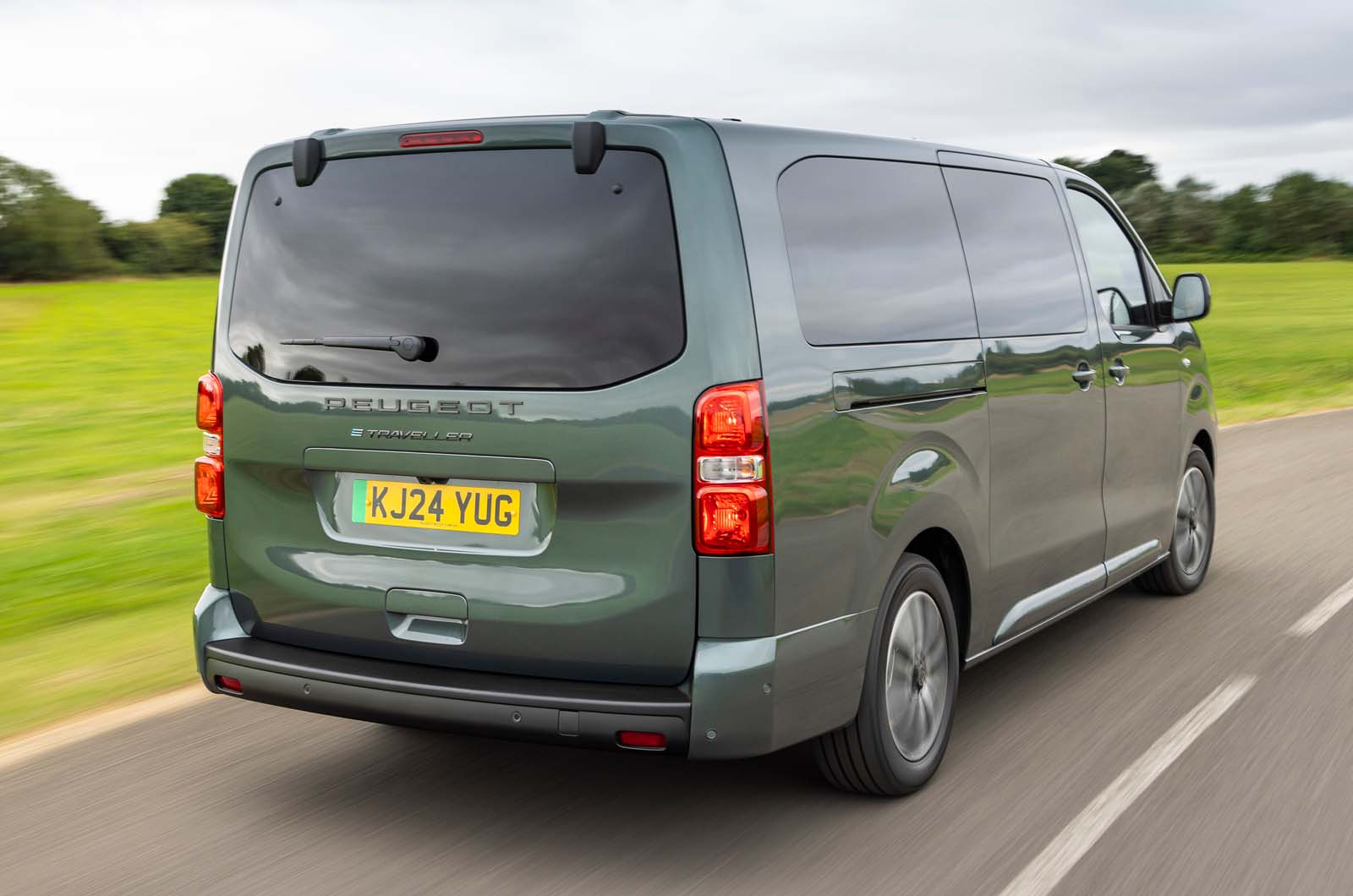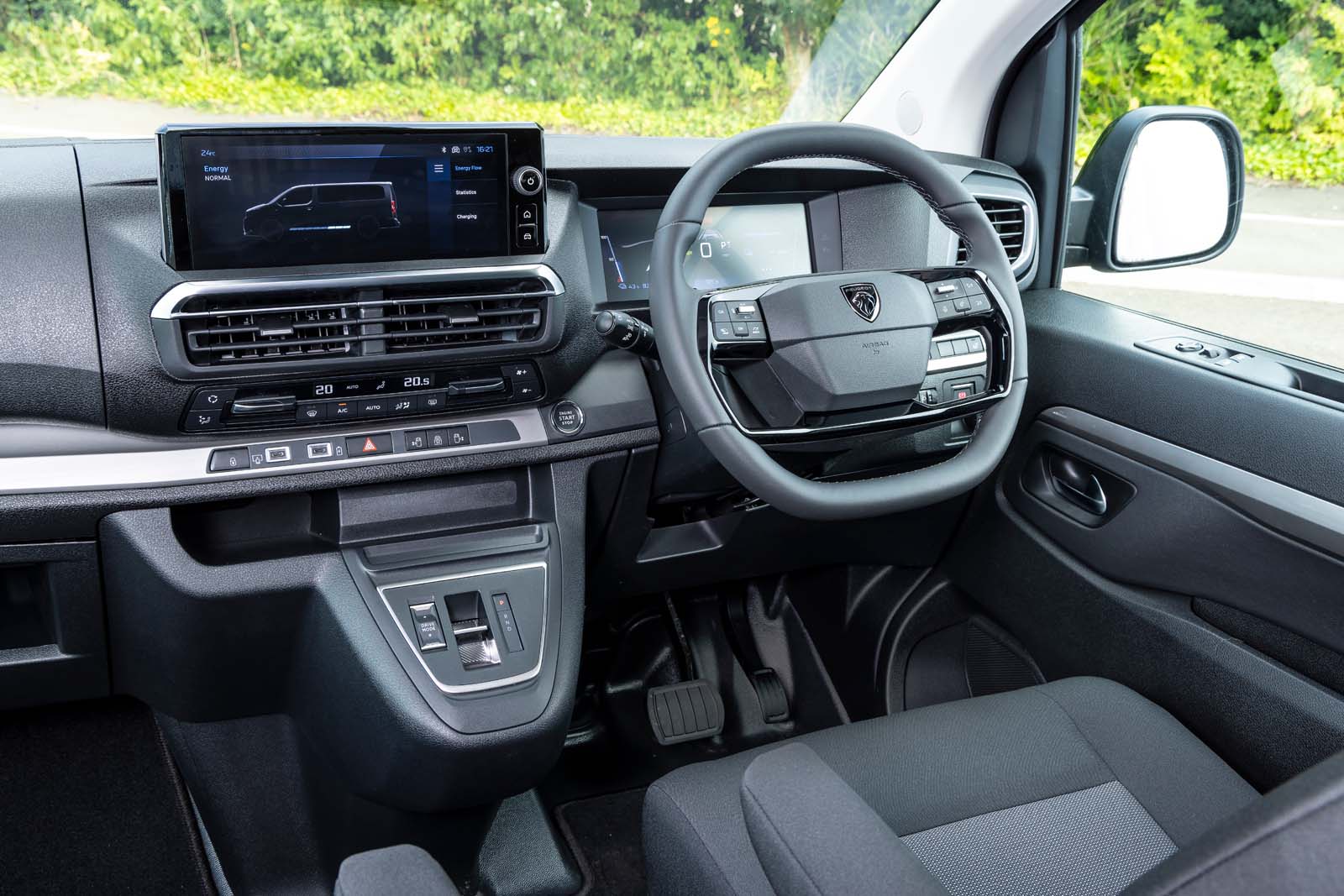The old Peugeot E-Traveller was a credible electric MPV that showed real signs of promise when it was launched five years ago.
At a time when you couldn’t buy an electric seven-seater, it catered to what would likely have been a select group who wanted an eco-friendly people mover to carry plenty of passengers and their luggage, hassle-free. You’ll probably have ridden in one from your hotel to the airport; you just didn’t know it.
And yet for all its space and practicality, the old E-Traveller was hamstrung by such a short range that it was barely good enough for quick jaunts around town. Its 50kWh battery could only muster a range of up to 148 miles (closer to 120 miles in the real world), hence its use case as a family hauler or airport shuttle was dented.
Peugeot is hoping to address these limitations with the updated E-Traveller, which has been given a new battery, refreshed look and updated interior technology to help it keep pace with rivals like the Ford E-Tourneo Custom, and the technically related Vauxhall Vivaro Life and Citroën ë-Spacetourer.
Moreover, Peugeot will also have its sights trained on electric seven-seat rivals like the Kia EV9 and Volkswagen ID Buzz, which have grown in number since the E-Traveller hit the road.
So does this newfangled electric MPV have enough quality to persevere in the people-carrying segment or is it still held back by its van-based origins?




